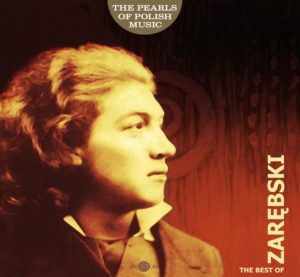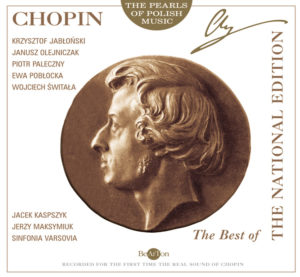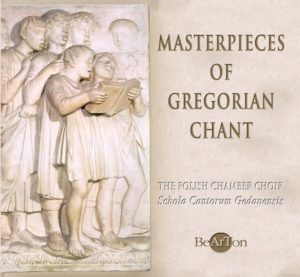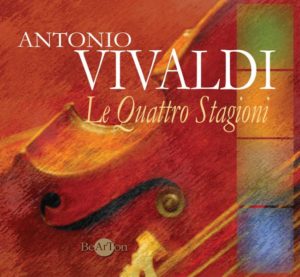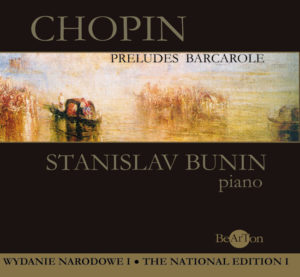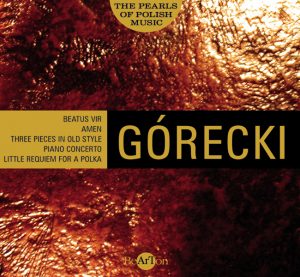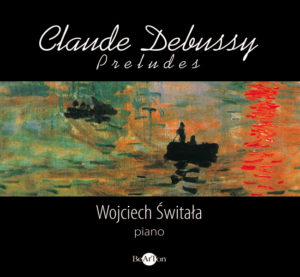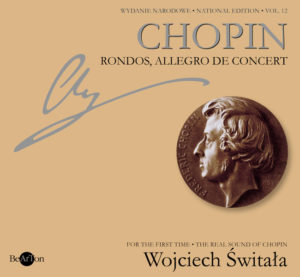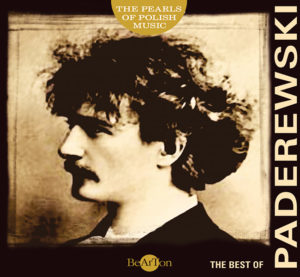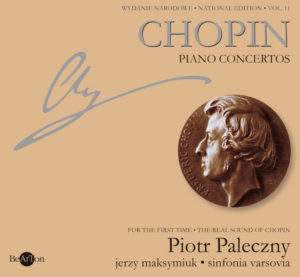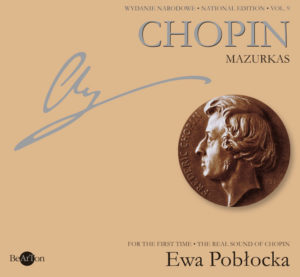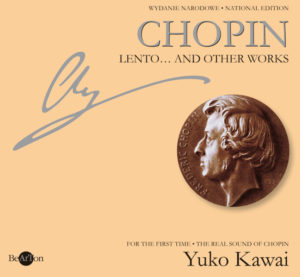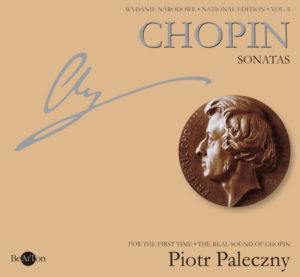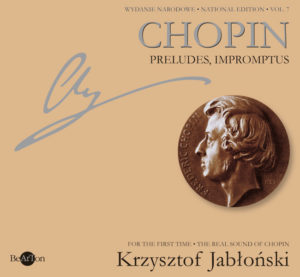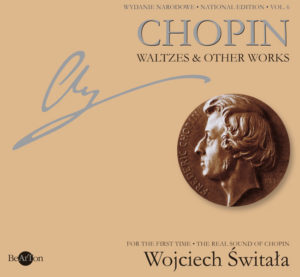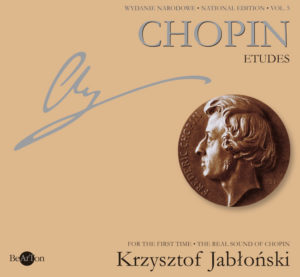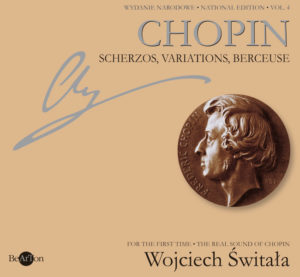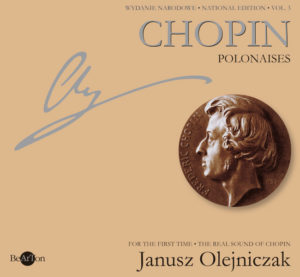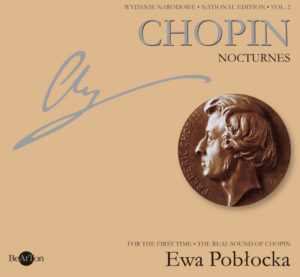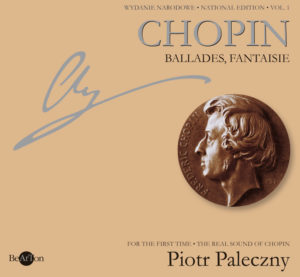Chopin – Piano concertos
Chopin – Piano concertos
Cat. No. CDB015 – 1944315
Music disc: CD-AUDIO
Performers:
Piotr Paleczny – piano
Orchestra Sinfonia Varsovia
Jerzy Maksymiuk – conductor
CD content::
Concerto for piano and orchestra in F minor Op.21
- Maestoso – 14’55”
- Larghetto – 9’41”
- Allegro vivace – 8’43”
Concerto for piano and orchestra in E minor Op.11
- Allegro maestoso – 19’51”
- Romance. Larghetto – 9’47”
- Rondo.Vivace – 9’42”
Total time – 73’00”
Prizes:
Listen a part
47.99złAdd to basket
© ℗ 2000 Bearton
Piano Concertos
Chopin had composed Concertos in F minor Op. 21 and in E minor Op. 11 with the accompaniment of the orchestra in Warsaw, before he left Poland for good at the beginning of November 1830. The concertos are listed in chronological order as regards the date of their origin (they both were created during one year, and Concerto in F minor originated first). The Opus chronology is the consequence of their publishing, making the false impression of Concerto in E minor being much older than in E minor. From abundant mail from that time between Chopin and his friend, Tytus Wojciechowski, we learn about circumstances of composer’s work on the Concertos. We get familiar with Chopin’s opinion on his own music:
The Rondo is effective and the first movement Allegro is impressive (on Concerto in E minor), as well as his way of translating inner motives and inspiration into the language of sound: The Adagio of my new Concerto is in E major. It is not meant to create a powerful effect; it is rather a Romance, calm and melancholy, giving the impression of someone looking gently towards a spot which calls to mind a thousand happy memories. It is a kind of reverie in the moonlight on a beautiful spring evening. Hence the accompaniment is muted […] – perhaps it` s not a good idea, but […] the result in actual performance will reveal the mistake.
It was probably the first and the last time that Chopin revealed a relation between his own music and a specific person, Konstancja Gładkowska, his first love, when he commented upon Larghetto from the Concerto in F minor:
Maybe it is, unfortunately, for this ideal person that I have faithfully served without talking to her for a year, and dreamt about, and memorised in adagio of my Concerto…
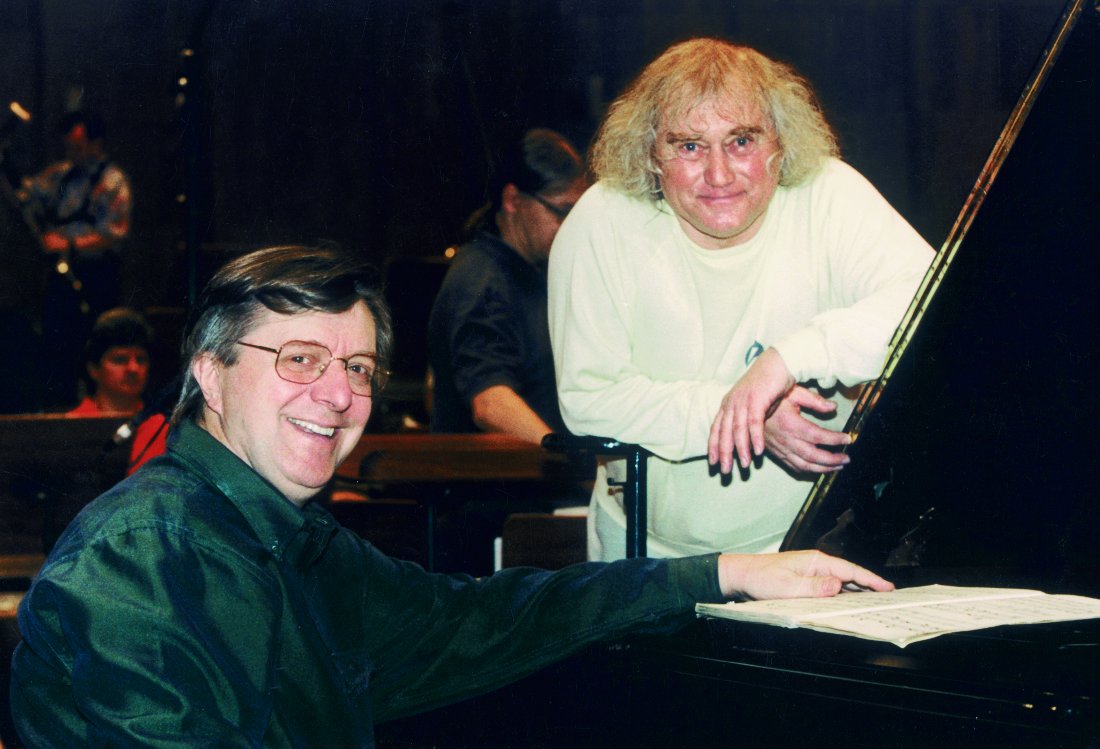
Piotr Paleczny, Jerzy Maksymiuk
The text of Concertos is based on the earliest preserved sources. The method of determining the text of piano parts is the same as in the case of soloist works, and it eliminates a number of non-authentic later additions. The method, as well as a few Chopin variants taken into consideration, may surprise the listener. The task is not equally easy in the case of orchestra parts. It is far more difficult to determine its authenticity and consistency with the composer’s intentions.
Firstly, so far we have found no stave of the Concerto orchestra parts written down by Chopin’s hand (Orchestra parts of Concerto in F minor score were written down by a unknown person, it is only the piano part that is an autograph). It is possible that Chopin used to have his trusted musicians work on scores, and they automatically filled in tutti parts or stereotype harmonic accompaniment, just to save his precious time.
Secondly, the sound scale of some parts of the brass that were written in different keys differs from the one used in our times, which results in appropriate corrections.
Thirdly, the composer himself might have made some mistakes in distribution of orchestra sound, if only for the fact that he had never listened to his Concertos performed by anyone else in a concert hall.
Eventually, enriched volume of contemporary grand piano changes the proportions of both solo instrument and orchestra sound. All, or some of, the reasons mentioned above resulted in the appearance of numerous elaborations and alterations of orchestra parts of both Concertos. Their authors were: K. Klindworth, M. Bałakirew, K. Tausig, A. Cortot, G. Fitelberg ( Ignacy Paderewski performed orchestral arrangement of Concerto in F minor by R. Burmeister).
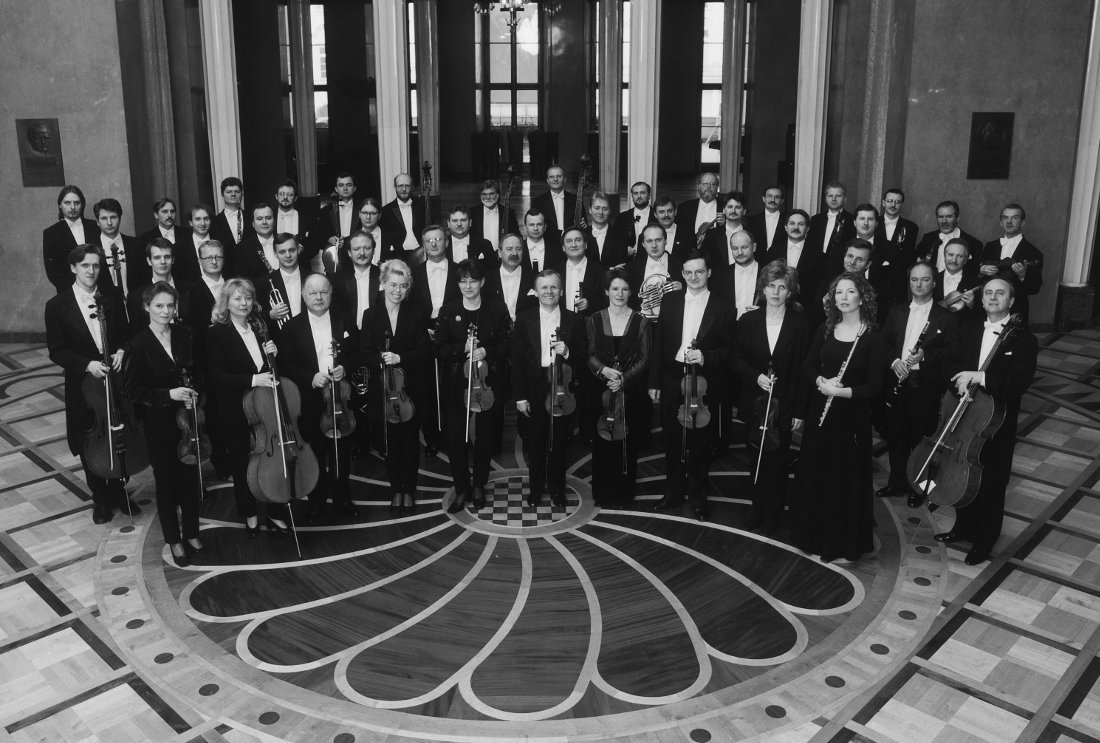
Sinfonia Varsovia
The National Edition presents Concertos scores in two versions: h i s t o r i c a l and c o n c e r t o. The former presents the text faithful to the original sources, whereas the latter retouches orchestra sound proportions. The concert version emphasises poorly audible sound of some parts of melody and polyphonic motifs; and reduces sounds that are too dense. It transposes parts of some instruments and places them in a correct scale; reduces the sound of four horns to two horns in the first part of Concerto in E minor; and finally, shortens accompaniment notes of the strings that are kept too long. Despite the retouches, however, the original tone of orchestra is preserved. In case of any doubts, the original part of piano excerpt is decisive (if the original exists), being an authentic entry of composer’s orchestra invention. As a result, the concerto version attempts to express what Chopin really w a n t e d t o h e a r in his Concertos.
For the first time recorded on the basis of the c o n c e r t o score, the present CD edition was published before the note edition. However, in case of any minor differences between the record and the score, the notation is to be considered decisive.
Jan Ekier
Editor in Chief of The Chopin National Edition
Translation: Joanna Janecka
Reviews
Piotr Paleczny i Jerzy Maksymiuk swymi interpretacjami Koncertów wprowadzili do chopinowskiej tradycji wiele elementów nowych. Rzecz nie tylko w tym, że partia orkiestrowa w redakcji Wydania Narodowego zyskała ducha romantycznego, zbliżając się do brzmienia symfonii Schumanna{…}. Po awangardowej propozycji Krystiana Zimermana, w której najsilniejszym okazał się element refleksyjny, interpretacja z serii Wydania Narodowego jest ważnym głosem w dyskusji na temat istoty stylu Chopinowskiego. Paleczny swą grą sugeruje, że przystępując do pisania Koncertów Chopin był mistrzem zamkniętej formy, a swym zamiłowaniem do długich fraz i szacunkiem dla klasycznego porządku zapowiadał twórczość Brahmsa. Tę tezę zdaje się popierać Maksymiuk – prowadzona przez niego orkiestra towarzyszy każdemu niuansowi solisty i tworzy z nim brzmieniową całość, zaś soczyste i donośne brzmienie bliższe jest symfonice drugiej połowy XIX wieku niż koncertom Hummla, Riesa, a nawet Beethovena.




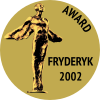


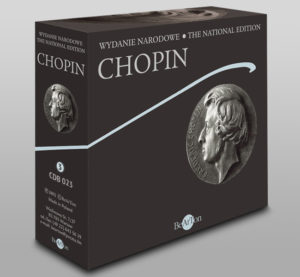
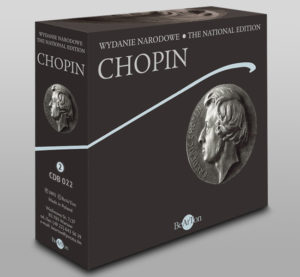
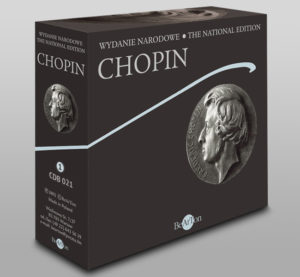
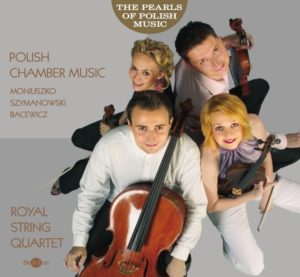
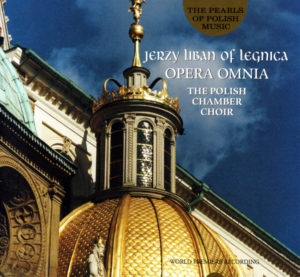
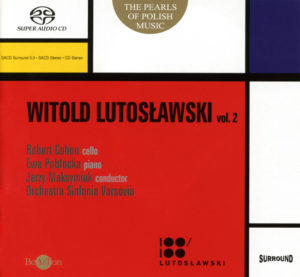
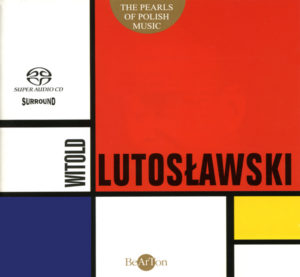
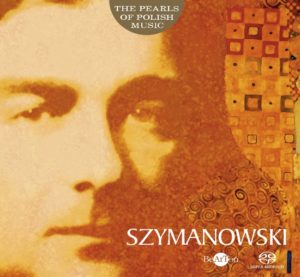
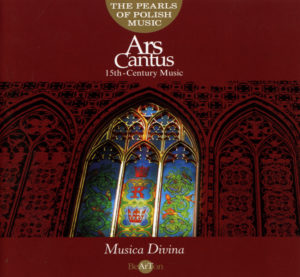
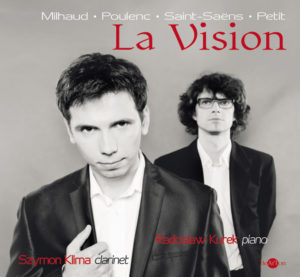
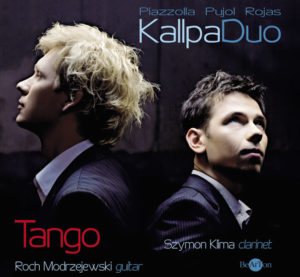
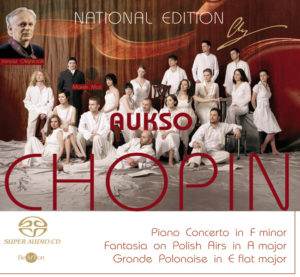
![Chopin – Walce [B] i inne utwory CDB047](https://www.bearton.pl/wp-content/uploads/Chopin-Walce-B-i-inne-utwory-CDB047-A-300x277.jpg)
![Chopin – Pieśni [B] CDB046](https://www.bearton.pl/wp-content/uploads/Chopin-Piesni-CDB046-A-300x277.jpg)
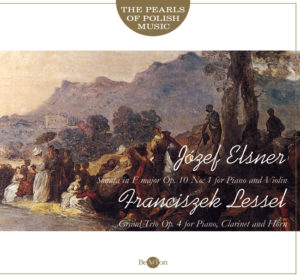

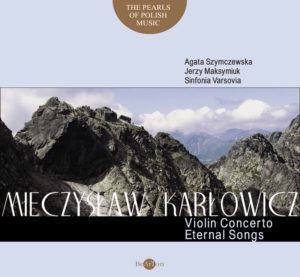
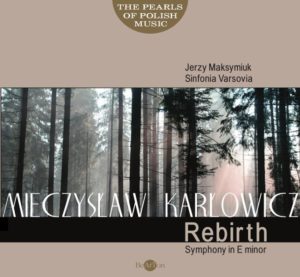
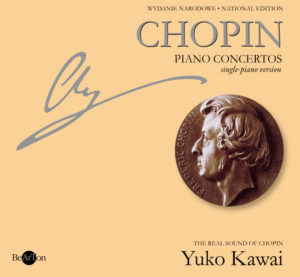
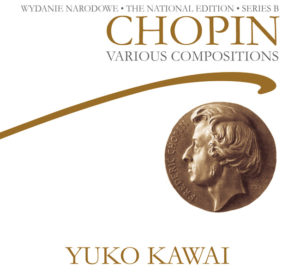
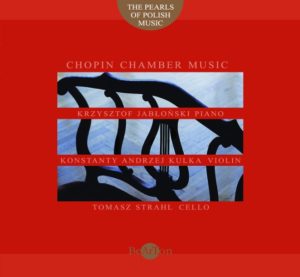
![Chopin - Mazurki i inne utwory [B] CDB038](https://www.bearton.pl/wp-content/uploads/Chopin-Mazurki-i-inne-utwory-B-CDB038-A-300x277.jpg)
![Chopin – Polonezy [B] CDB037](https://www.bearton.pl/wp-content/uploads/Chopin-Polonezy-B-CDB037-A-300x277.jpg)
